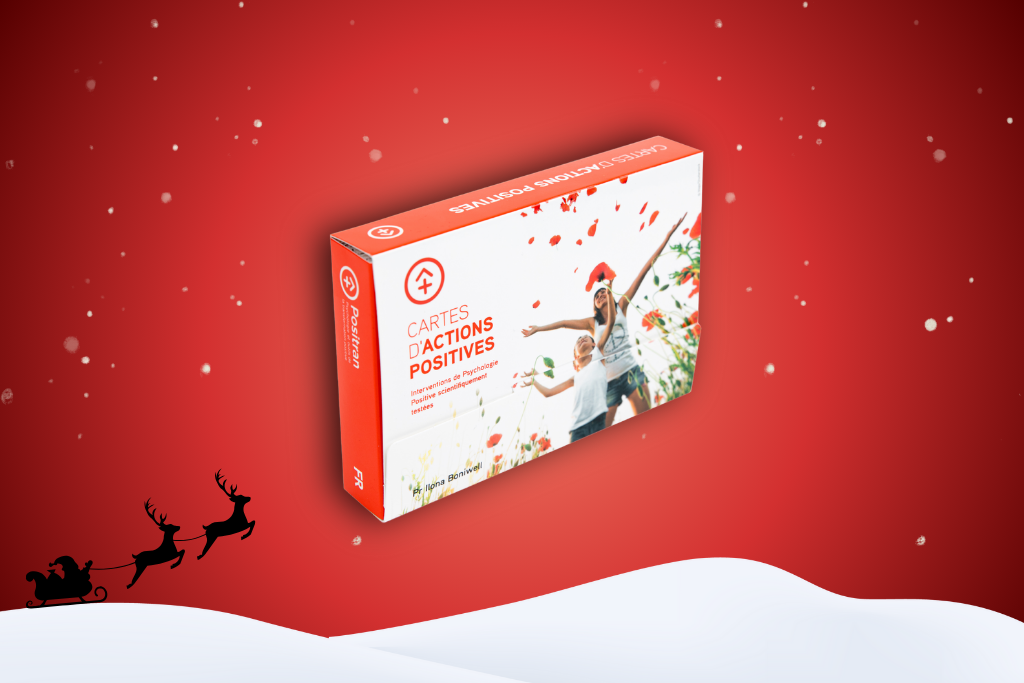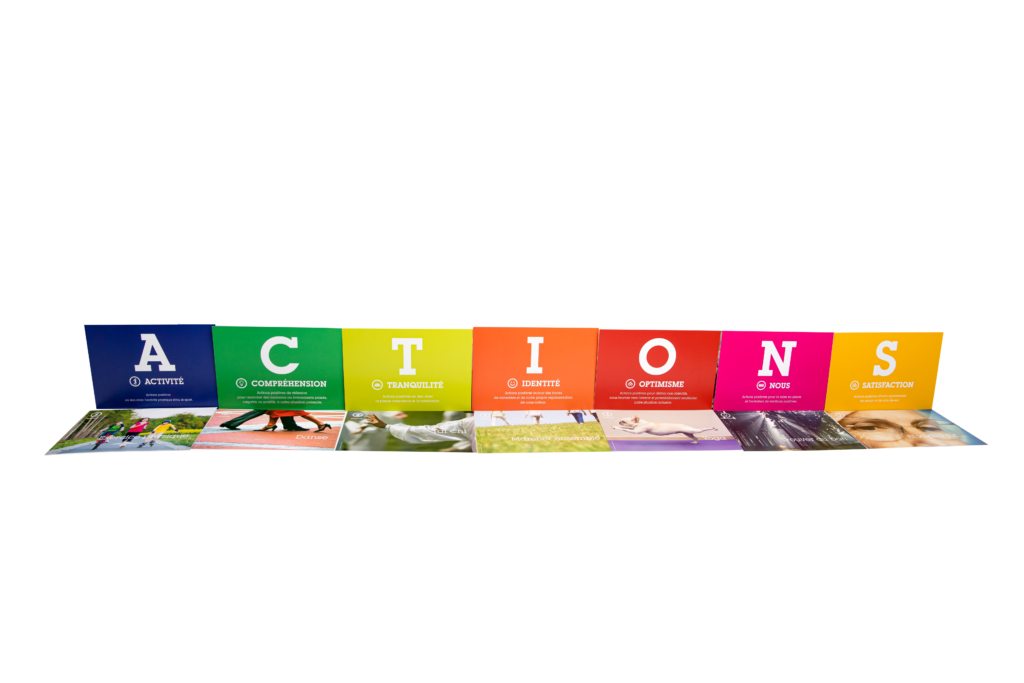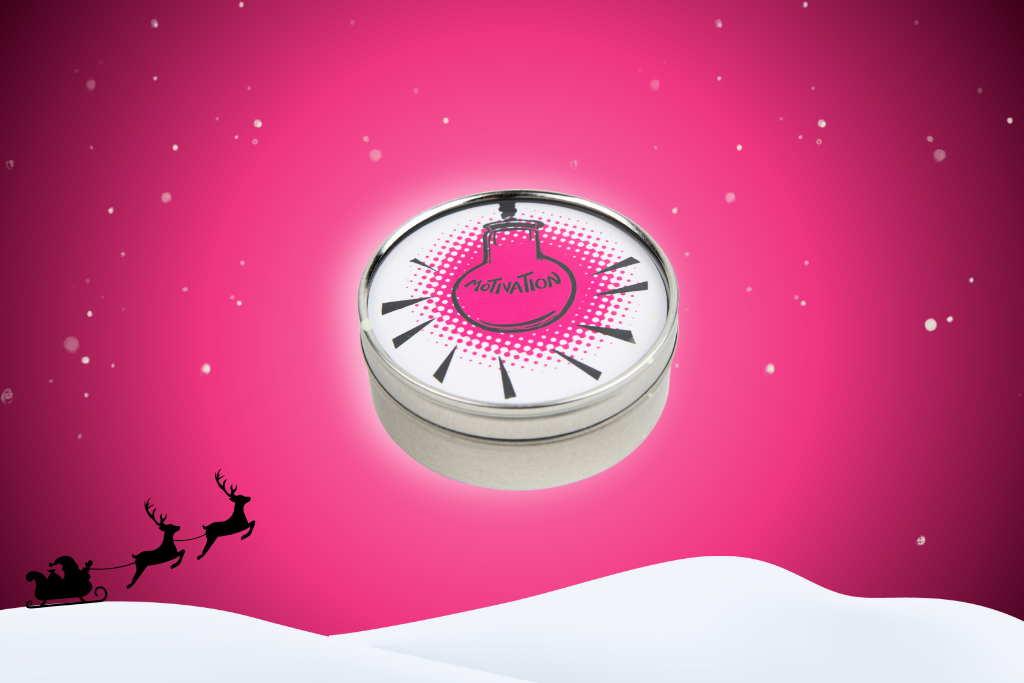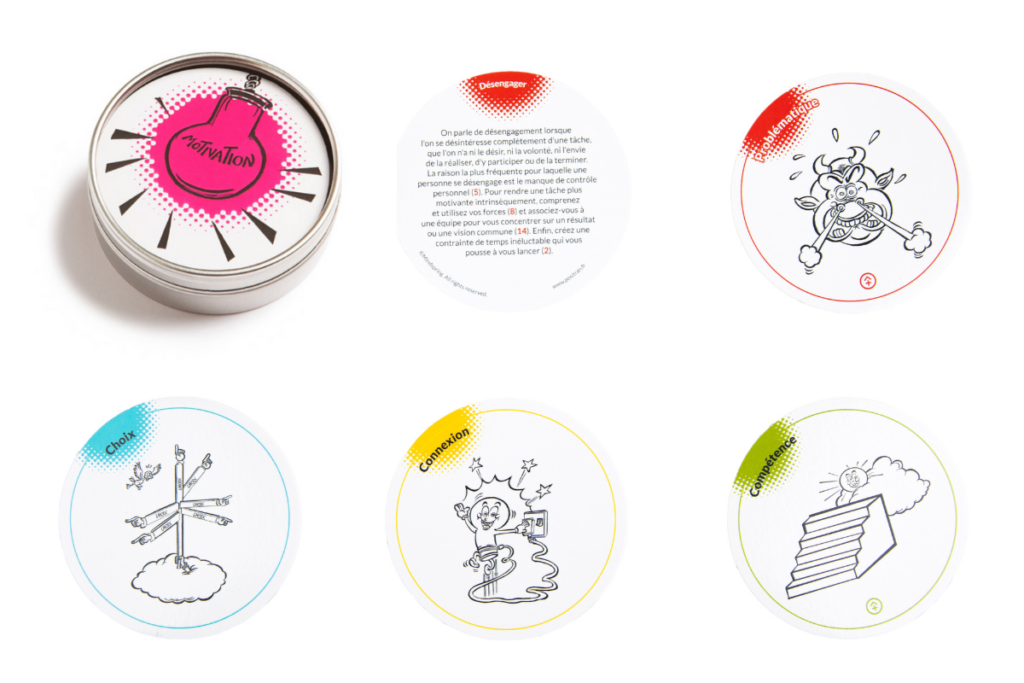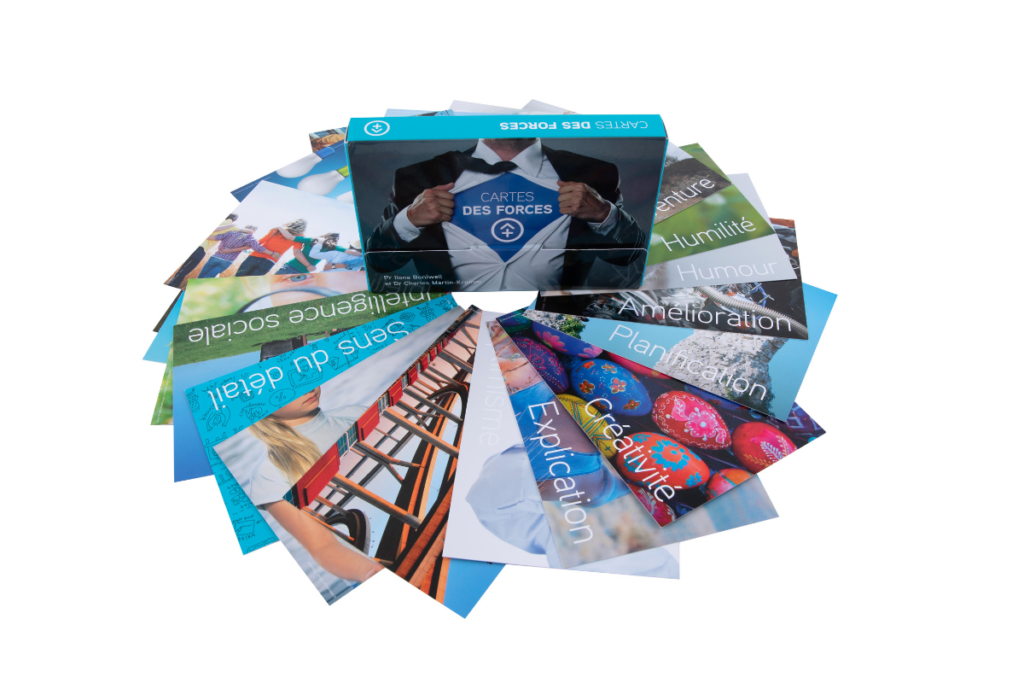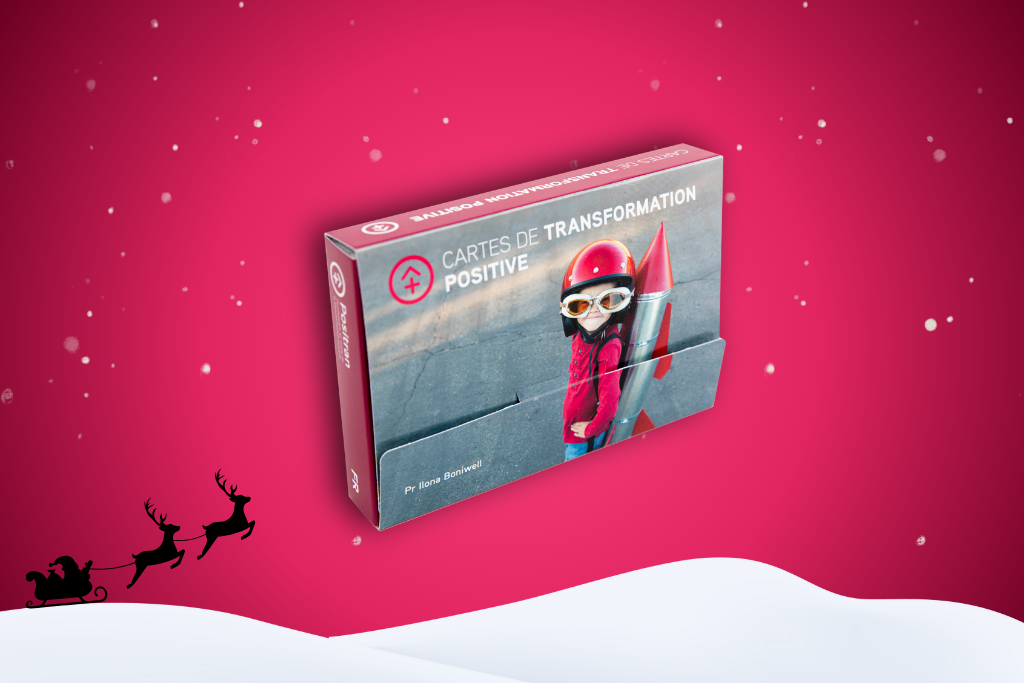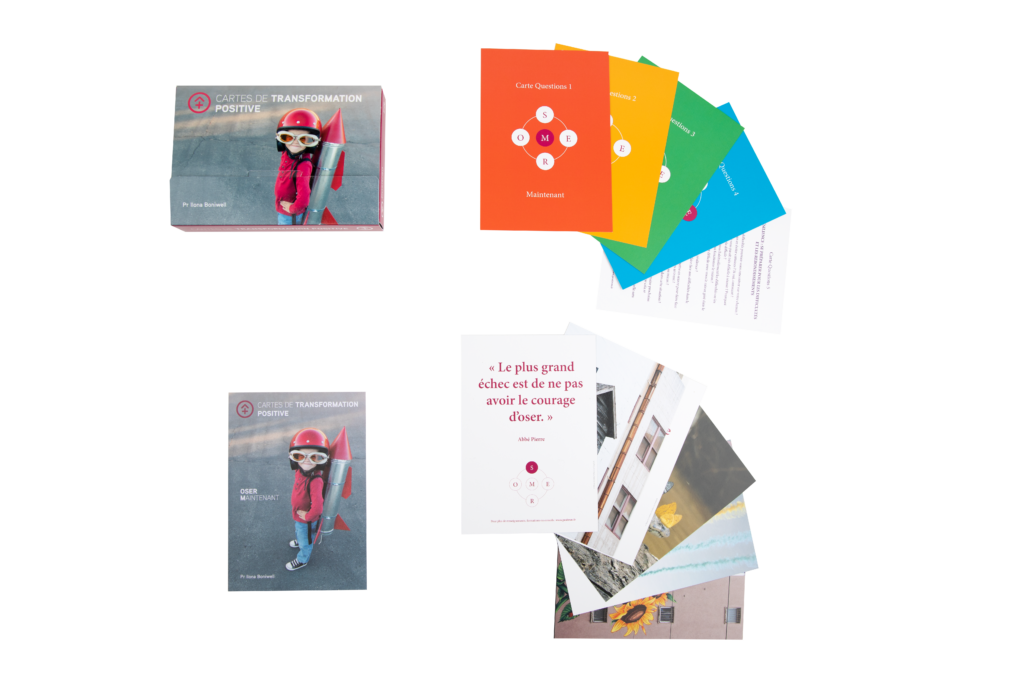
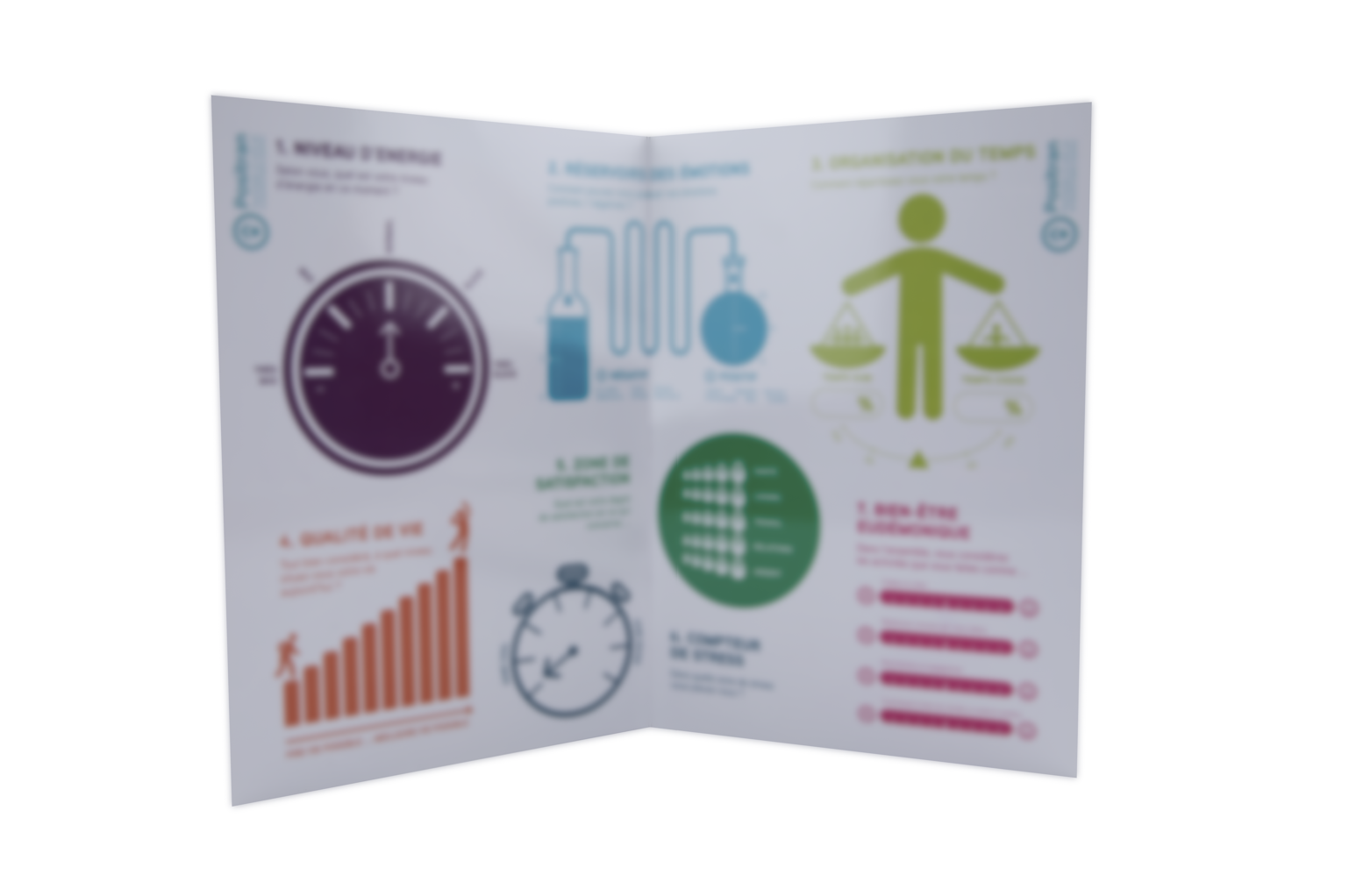
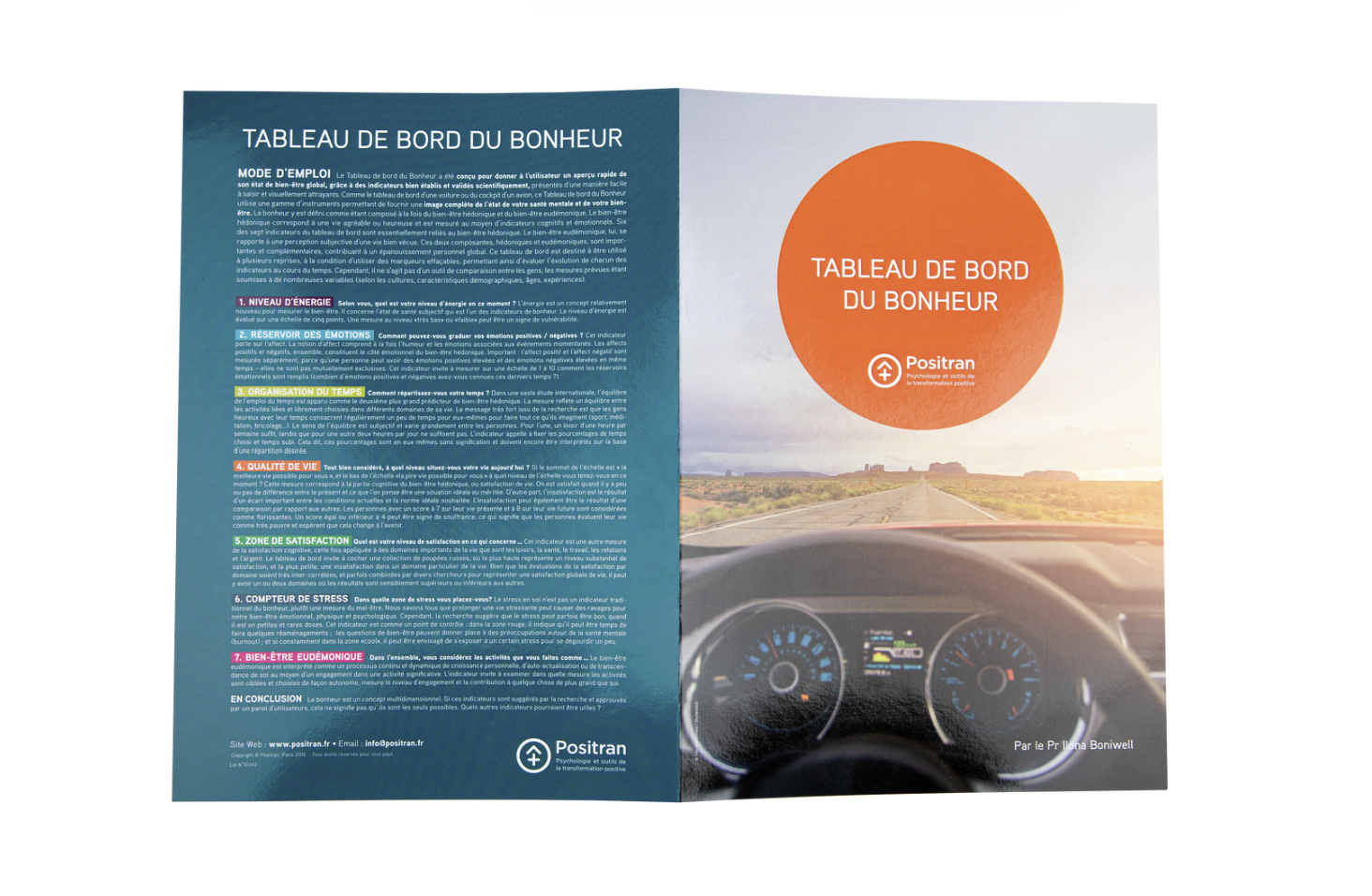
Happiness Dashboard
The Happiness Dashboard was designed to give the user a quick snapshot of their well-being using established and scientifically validated indicators, presented in an easy-to-understand and visually appealing way.

Product Description
Like a car or airplane dashboard, the happiness dashboard is equipped with a range of instruments to provide a comprehensive overview of one's mental health and well-being.
For the purposes of the dashboard, well-being is defined as both hedonic well-being and eudaimonic well-being.
Hedonic well-being corresponds to a pleasant and happy life and is measured using cognitive and emotional indicators. Six of the seven indicators on the dashboard are primarily related to hedonic well-being: energy level, emotional reservoir, time balance, life scale, domain satisfaction, and stress counter. Eudaimonic well-being, represented by one indicator, concerns the subjective perception of a life well-lived. The combined hedonic and eudaimonic well-being is important and complementary, contributing to everyone's overall fulfillment.
Who is it for?
The happiness dashboard is above all a professional tool.
Coaches, psychologists, therapists, youth workers, career counselors, managers and human resources specialists can use it in individual sessions to support their clients or employees.
The Happiness Dashboard can also be used as a pair or small group exercise during group training sessions. Individuals can also use it as a self-coaching tool.
Its use
The dashboard is designed for repetitive use, provided you use whiteboard markers.
Exploring Happiness:
Take a look at the happiness dashboard in front of you. If life were a ladder, which stairway would you place yourself on? How satisfied are you with your family situation, your hobbies, or your financial situation? How full is your cup of positive versus negative emotions? From a stress perspective, are you in a cold, high, or red zone? These questions tap into hedonic happiness, or well-being in life. Do you view the activities in your life as purposeful and worthwhile? Absorbing and engaging? They capture eudaimonic happiness, concerned with doing well and being meaningful. Which indicators seem most interesting to you right now? Why? Are they related? If so, in what ways? Given your current state of happiness, what actions, if any, would you like to take?
The happiness assessment dashboard can be followed by a positive action card exercise to select one or more well-being-enhancing interventions.
Retrospective:
Since the dashboard is intended to be used repeatedly, one can compare their own progress on the available indicators. However, it is not a tool for comparing individuals, as standards may vary across cultures, ages, and other demographics.
Your personal happiness indicators:
What other questions would you ask to get a snapshot of your happiness? To make it a little more interesting, why not create your own happiness dashboard indicator(s), to capture your daily states as YOU see them. Think of the dashboard in the car or on the plane and draw parallels. What would the speedometer look like as a happiness indicator? What about the fuel gauge or temperature? One client suggested a “smile meter” to measure the frequency of their daily smiles.
Like a car or airplane dashboard, the happiness dashboard is equipped with a range of instruments to provide a comprehensive overview of one's mental health and well-being.
For the purposes of the dashboard, well-being is defined as both hedonic well-being and eudaimonic well-being.
Hedonic well-being corresponds to a pleasant and happy life and is measured using cognitive and emotional indicators. Six of the seven indicators on the dashboard are primarily related to hedonic well-being: energy level, emotional reservoir, time balance, life scale, domain satisfaction, and stress counter. Eudaimonic well-being, represented by one indicator, concerns the subjective perception of a life well-lived. The combined hedonic and eudaimonic well-being is important and complementary, contributing to everyone's overall fulfillment.
The happiness dashboard is above all a professional tool.
Coaches, psychologists, therapists, youth workers, career counselors, managers and human resources specialists can use it in individual sessions to support their clients or employees.
The Happiness Dashboard can also be used as a pair or small group exercise during group training sessions. Individuals can also use it as a self-coaching tool.
The dashboard is designed for repetitive use, provided you use whiteboard markers.
Exploring Happiness:
Take a look at the happiness dashboard in front of you. If life were a ladder, which stairway would you place yourself on? How satisfied are you with your family situation, your hobbies, or your financial situation? How full is your cup of positive versus negative emotions? From a stress perspective, are you in a cold, high, or red zone? These questions tap into hedonic happiness, or well-being in life. Do you view the activities in your life as purposeful and worthwhile? Absorbing and engaging? They capture eudaimonic happiness, concerned with doing well and being meaningful. Which indicators seem most interesting to you right now? Why? Are they related? If so, in what ways? Given your current state of happiness, what actions, if any, would you like to take?
The happiness assessment dashboard can be followed by a positive action card exercise to select one or more well-being-enhancing interventions.
Retrospective:
Since the dashboard is intended to be used repeatedly, one can compare their own progress on the available indicators. However, it is not a tool for comparing individuals, as standards may vary across cultures, ages, and other demographics.
Your personal happiness indicators:
What other questions would you ask to get a snapshot of your happiness? To make it a little more interesting, why not create your own happiness dashboard indicator(s), to capture your daily states as YOU see them. Think of the dashboard in the car or on the plane and draw parallels. What would the speedometer look like as a happiness indicator? What about the fuel gauge or temperature? One client suggested a “smile meter” to measure the frequency of their daily smiles.
